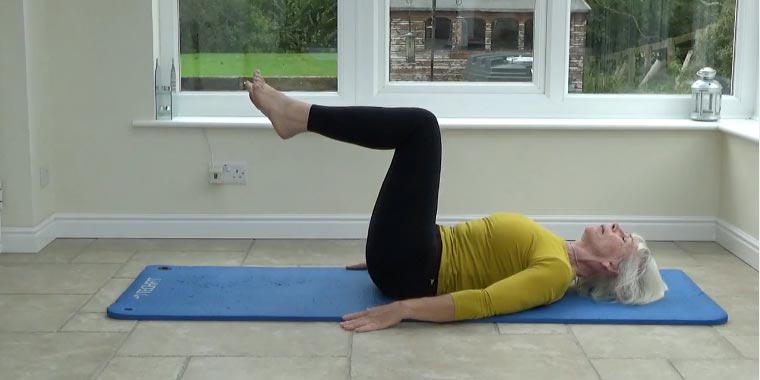Resuming Pilates
The 3-session course is aimed at those who have done some Pilates in the past, but have let their Pilates lapse. It may be the New Year that has re-awakened your interest in Pilates, or just that you want to get fitter and suppler again. Perhaps you just haven’t done Pilates for a few of […]


